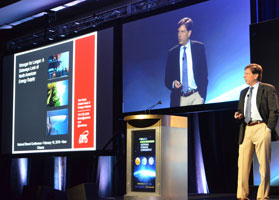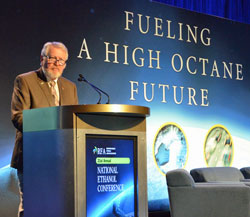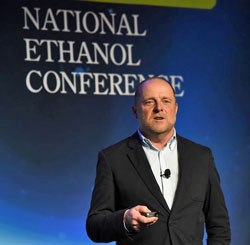 Exports of the ethanol co-product and livestock feed distillers grains set a new record of 12.56 million metric tons last year, according to a new summary of ethanol co-product trade statistics released by the Renewable Fuels Association (RFA). U.S. exports of distillers grains were 11 percent higher than 2014, and more than double the amount exported in 2009.
Exports of the ethanol co-product and livestock feed distillers grains set a new record of 12.56 million metric tons last year, according to a new summary of ethanol co-product trade statistics released by the Renewable Fuels Association (RFA). U.S. exports of distillers grains were 11 percent higher than 2014, and more than double the amount exported in 2009.
“This report shows the global reach of American-made distillers grains,” said RFA president and CEO Bob Dinneen. “In 2015, an estimated 34 percent of U.S. distillers grains production was exported, meaning one out of every three tons produced was shipped to foreign markets. These data make it crystal clear that the U.S. ethanol industry is both fueling and feeding the world. It is also worth noting that DG exports were worth almost $3 billion in 2015, providing a critical source of revenue to ethanol producers.”
The report finds that U.S. DG exports were shipped to 45 countries on five continents in 2015. RFA’s summary shows exports of distillers grains were shipped to 45 countries on five continents in 2015 with China, Mexico, Vietnam, South Korea, and Canada representing the top five markets. Half of the exports went to China, Mexico received 13 percent, and both Vietnam and South Korea received five percent.










